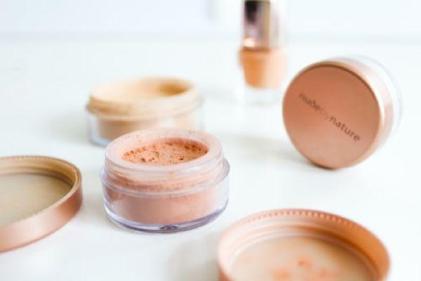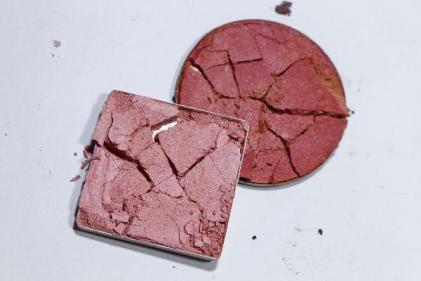It was once believed that once a woman had a C-Section, she would need to do the same for any future births. This was largely out of concern that the scar on the uterus would rupture during vaginal delivery.
This thinking has now changed and many experts believe that there are advantages to vaginal delivery for women who have had a past C-Section such as:
- Mums have a shorter hospital and recovery time
- Vaginal delivery is less likely to cause certain complications, such as excessive bleeding and infection.
There are also small risks of the following occurring when opting for VBAC (Vaginal birth after caesarean):
- Pain from bruising and stitches, in the area between your vagina and anus (perineum)
- Urine leaks, while the area around your vagina recovers
-
In the long term, vaginal birth after caesarean may also slightly increase the risk of your uterus slipping into your vagina (prolapse)
Generally, you would be considered a good candidate for a vaginal birth after a c-section if you meet with all the following criteria:
- Your previous caesarean incision was a low-transverse uterine incision (which is horizontal) rather than a vertical incision in your uterus or Is T-shaped which would put you at risk of uterine rupture.
- Your pelvis seems large enough to allow your baby to pass through safely. There is no definite way to know this, however your doctor can examine your pelvis and make an educated guess.
- You have never had any other extensive uterine surgery, such as a myomectomy to remove fibroids.
- You have no medical condition or obstetric problem that would make a vaginal delivery risky.
- There’s a physician on site who can monitor your labour and perform an emergency c-section if necessary.
- There’s an anaesthesiologist, other medical personnel, and equipment available around-the-clock to handle an emergency situation for you or your baby.
Generally, a caesarean would be recommended in the following cases:
- Being an older mum
- Having a high body mass index (BMI)
- Having a baby with a high birth weight (over 8.8 pounds)
- Having your pregnancy go beyond 40 weeks of gestation
- Having a short time between pregnancies (18 months or less)
You will need to speak to your practitioner, midwife and loved ones about your individual chance of success and carefully consider the benefits and risks of each option.












